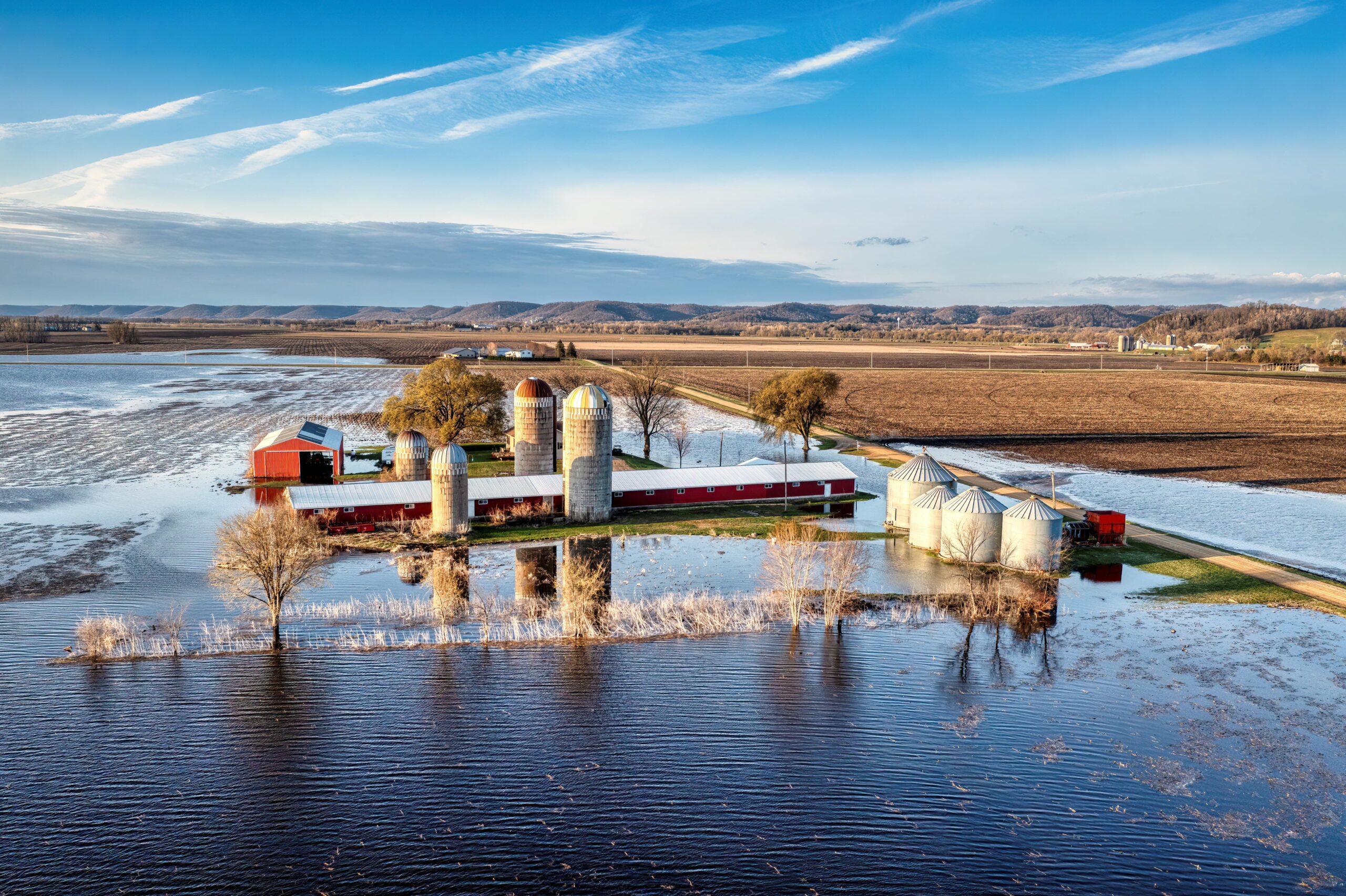
Navigating Environmental Risks After Natural Disasters
With the weather changing it’s important to asses your properties risk
3rd October 2024
After a natural disaster (e.g. a winter storm or flooding event) has passed, the challenges businesses face may have only begun. Although property damage, injuries and business interruptions directly caused by these catastrophes typically receive attention, organisations should also consider post-natural disaster environmental risks that can create health and safety hazards, financial losses and reputational damage. It is especially important for organisations to be aware of and address these exposures since traditional insurance policy cover may limit or exclude them.
This article provides more information on types of environmental risks that can arise after natural disasters and discusses steps employers can take to reduce their organisations’ post-natural disaster environmental liability.
The forces associated with natural disasters can create conditions that lead to substantial environmental risks, including:
- Mould—Water intrusions from severe weather events like floods and winter storms can lead to mould growth throughout an organisation’s building. Mould can grow almost anywhere, including on walls, ceilings and carpets, when moisture is present. According to the NHS, mould can cause many adverse health effects, including respiratory problems, red eyes or skin rashes. Individuals with asthma or mould allergies may also have severe reactions, and people who are immunocompromised or those with chronic lung disease may develop infections after mould exposure.
- Spills, leaks and other toxic releases—The strong forces from natural disasters, such as high winds, can damage infrastructure that is made of hazardous materials or stores hazardous chemicals. For example, structural damage to a commercial property can produce toxic building debris that releases harmful substances such as asbestos, lead, radioactive material or silica; storage containers that hold harmful chemicals (e.g. petrol and diesel) can be damaged, creating leaks; and contaminated waste products on company property can be dispersed into the environment. These events can all pollute the surrounding water, air and soil. Additionally, businesses that are constructed on historically contaminated grounds (e.g. former steelworks or landfills) are at an elevated risk of toxic releases due to the nature of those areas, even if their operations typically do not generate hazardous materials.
- Disruption of waste management systems—With the damage and amount of debris produced by a natural disaster, waste management systems may become disrupted or inundated. For example, sewer systems may not function properly, causing health risks, or waste removal services may not be able to operate, resulting in the build-up of harmful material.
- Fire by-products—The fires associated with natural disasters can create poor air quality. Whether a severe storm ignites an electrical fire or a wildfire spread to a building, the materials that burn may create toxic fumes. Additionally, if fires arise, firefighting chemicals containing per- and polyfluoroalkyl substances (PFAS) or other harmful substances may be used to stop them. PFAS are known as forever chemicals because they do not break down, and their use can create further environmental damage and health risks.
The following are several strategies employers can implement to mitigate the environmental risks associated with natural disasters and subsequent exposures:
- Conduct thorough environmental risk assessments to identify potential hazards and vulnerabilities, including those created by building materials, operations, chemical storage and waste.
- Establish and regularly update robust risk management plans that encompass both immediate and long-term environmental risks.
- Build and maintain infrastructure with a focus on resilience and sustainability to withstand the impact of natural disasters and lessen potential environmental impacts.
- Stop pollution proactively by eliminating or reducing the use of hazardous materials, modifying pollution-creating processes, investing in sustainable technologies and improving waste management systems.
- Provide training and education to employees on proper handling, use and storage of hazardous materials.
- Stay abreast of relevant environmental laws and regulations applicable to the organisation and ensure compliance with them.
- Secure insurance that specifically covers exposures and potential liabilities arising from environment-harming incidents, including cover for property damage, third-party injuries and costs to clean the area impacted by the event.
- Regularly review and update insurance policies to align with changes in the organisation and the evolving environmental landscape.
It is essential for employers to be aware of the environmental risks that may arise after natural disasters and to take action to address them in order to help avoid health and safety risks, financial losses and reputational damage. Employers should also secure robust insurance cover for their specific exposures to further protect themselves financially.
Contact us today for more risk management guidance.
